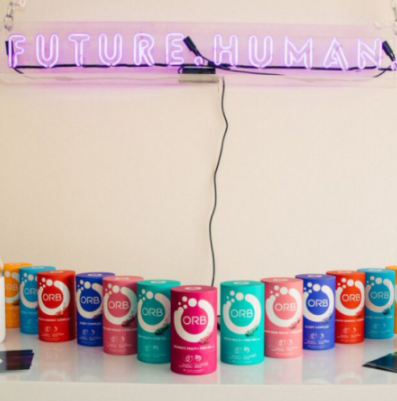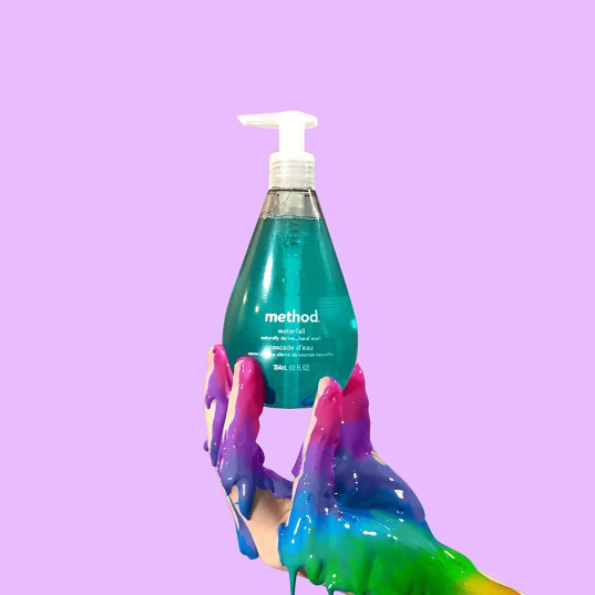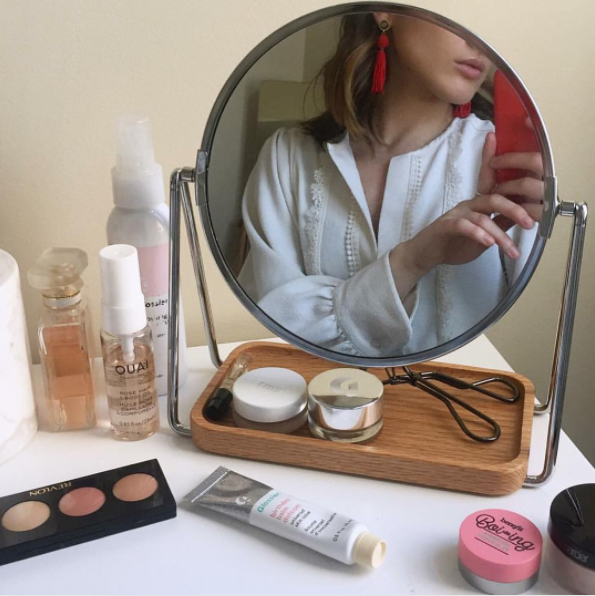


Beauty has captivated humankind for as long as ideas have been recorded. From Socrates to Sephora, creators have always recognized the centrality of Beauty in designing timeless works and experiences. In other words, Beauty is essential to our world and our lives.
Yet to define Beauty is another story altogether. Each era has its own concept of Beauty, its own archetypes and influencers, its own definition. So while it is essential and ubiquitous in our experiences and our thoughts, Beauty is also elusive.
It is precisely because it is so hard to put a finger on, that Beauty has such power. So for marketers, designers, and business leaders the question becomes: how can we harness this power to grow our business, to improve our products, and turn our customers into advocates?
That is where Beauty as a Strategy comes in. This philosophy—this belief in the power of Beauty—produces brands that transcend, brands that are icons.
The experience of Beauty, like the concept itself, is not singular. Consider the way that we use the term “beautiful.” Most obviously, we use it to describe physical, surface-level Beauty; observing is one mode of experiencing it. But we also say that a product is “performing beautifully,” that it “functions beautifully,” that it “fits beautifully” into our homes and our lives.
In the framework I’ve developed for implementing Beauty as a Strategy for product innovation and design, I see three primary ways in which a consumer experiences Beauty.
First, Beauty seduces her. In the aisle of a grocery store or on her Instagram feed, a product grabs her attention, using visual triggers that appeal to her viscerally and emotionally. Drawn to the surface-level Beauty of the product, she walks over or taps the product link to get a closer look.
Then, Beauty engages the consumer, by delivering a satisfying experience based on the product functionality: what it does, how it feels, its values. When a product fills a particular need, surprises with a novel ritual, or reflects the consumer’s personality and beliefs, it builds on the surface-level appeal and delivers a deeper experience of Beauty.
Transformative design must balance what is cultural and emotional—the engines of seduction—with what is rational and tangible—the product in action—to be truly rewarding. And that is the third and deepest mode of experiencing Beauty: when it rewards the consumer. A product that appeals to our shopper both visually and through its functionality, not just once but within an ongoing relationship, will become a mainstay in her life. A product that rewards then becomes essential to her experience and sense of self, tied to things like comfort, ambition, and celebration.
To create an iconic brand or product, one must reward consumers with an emotionally charged, functionally satisfying and culturally relevant experience in one package. This is where legacies are created. This is the Power of Beauty.
Consider recent success stories:
Ad sales on Instagram, Beauty in app form, will likely top $2 billion this year.¹
With a Beautifully disruptive new battery and functional design, Dyson sold $3 billion in vacuum cleaners last year.²
10,000 people joined a waiting list for one Beautiful product from upstart Glossier.³
The Power of Beauty is the real Brand Strategy that marketers need. To bring this powerful idea to life, design thinking is a marketer’s best tool, because it transforms lifeless data, knowledge, and research into branded experiences that are real, tangible and iconic—Beautiful.
Read more on the power of Beauty as a branding and innovation strategy.